Description
Create a Lush Wall of Exotic Foliage
Rhaphidophora decursiva is a stunning tropical plant that is highly valued for its unique and intricate foliage. It is a member of the Araceae family and shares many similarities with the more well-known Monstera deliciosa. The leaves of Rhaphidophora decursiva are heart-shaped and feature deep green coloration with silvery veins. Rhaphidophora decursiva is an excellent choice for indoor gardening enthusiasts looking to add a touch of exotic beauty to their collection.
Caring for your Decursiva Plant
The plant is relatively low-maintenance and thrives in bright, indirect light and well-draining soil. It prefers high humidity levels and regular watering, but it is crucial not to overwater the plant as it can cause root rot.
Light
Rhaphidophora decursiva thrives in bright, indirect light. Direct sunlight can scorch its leaves and cause damage to the plant. A north-facing window or a spot that receives filtered sunlight is ideal for this plant. If you notice that the leaves are turning yellow or brown, it may be a sign that the plant is getting too much light.
Temperature
Rhaphidophora decursiva prefers warm temperatures between 60°F to 80°F (15°C to 26°C). Avoid exposing it to temperatures below 50°F (10°C), as this can damage the plant. If you live in a colder climate, make sure to keep the plant away from drafty windows or doors.
Humidity
As a tropical plant, Rhaphidophora decursiva requires high humidity to thrive. It prefers humidity levels of at least 50%, which can be achieved by placing a humidifier near the plant or by misting it regularly. You can also place the plant on a tray filled with pebbles and water, making sure that the water does not touch the bottom of the pot.
Watering
Rhaphidophora decursiva likes moist soil, but it does not like to be waterlogged. Overwatering can cause the roots to rot and can eventually kill the plant. Water the plant when the top inch of soil feels dry to the touch. During the winter months, reduce watering and allow the soil to dry out slightly between waterings.
Fertilizer
Rhaphidophora decursiva benefits from regular fertilization during the growing season, which is typically from spring to fall. Use a balanced liquid fertilizer every two weeks to promote healthy growth. Avoid fertilizing during the winter months when the plant is dormant.
Potting
Rhaphidophora decursiva prefers to be slightly pot-bound, so avoid repotting it too frequently. When the plant has outgrown its current pot, move it to a pot one size larger. Use a well-draining soil mix that is rich in organic matter, such as peat moss or coconut coir. Make sure the pot has drainage holes to prevent water from accumulating in the bottom.
Pruning
Rhaphidophora decursiva can grow quite large, so pruning is often necessary to keep it under control. Prune the plant in the spring or early summer when new growth is starting to appear. Use clean, sharp pruning shears to remove any damaged or yellowing leaves, as well as any stems that are growing in the wrong direction. You can also trim back any long, leggy stems to encourage bushier growth.
Propagation
Rhaphidophora decursiva is easy to propagate using stem cuttings. To propagate the plant, take a stem cutting that is about six inches long and has several leaves. Make sure the cutting has at least one node, which is where the leaves meet the stem. Dip the end of the cutting in rooting hormone and plant it in a pot filled with moist soil. Keep the soil moist and place the pot in a bright, indirect light. Within a few weeks, the cutting should start to develop roots and new growth.

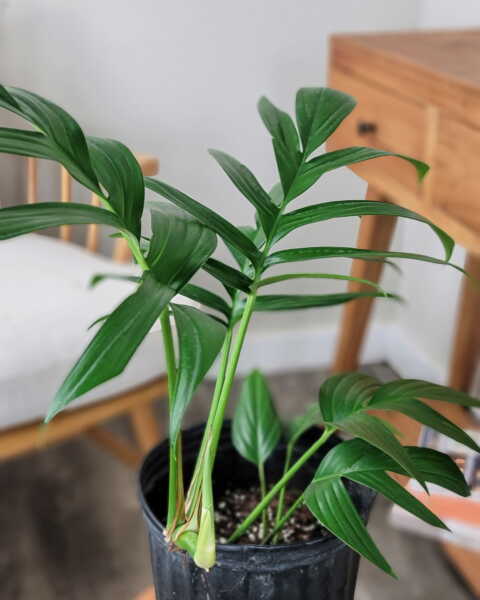
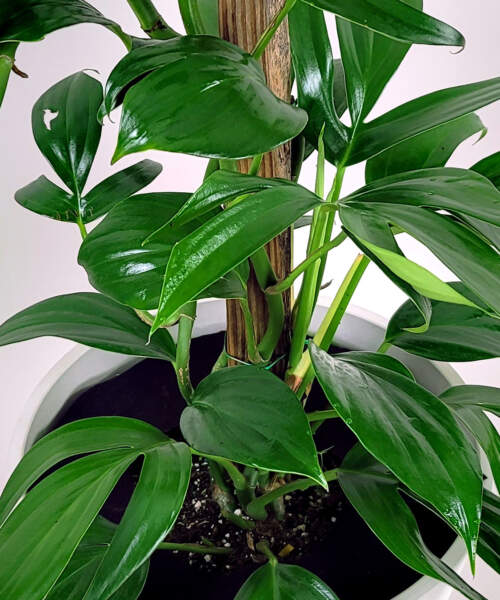
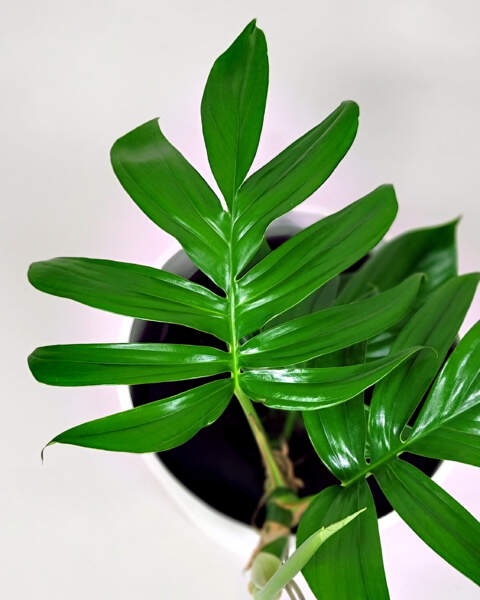
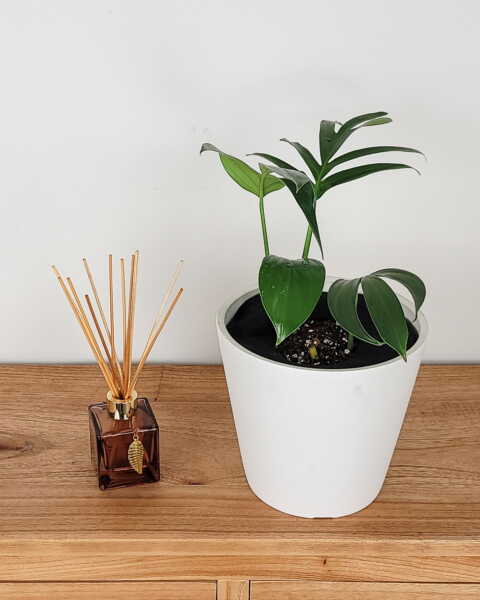


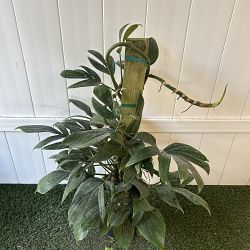





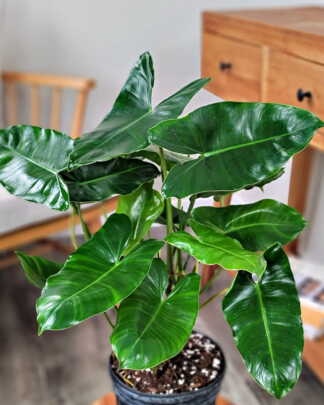
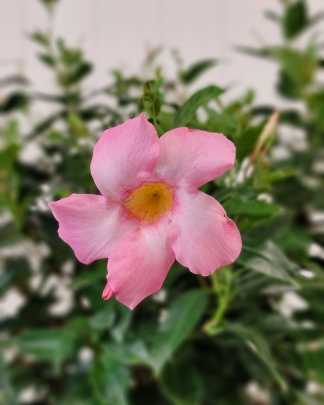

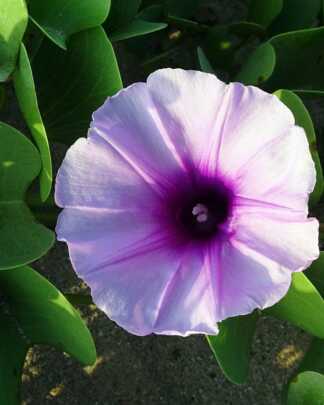
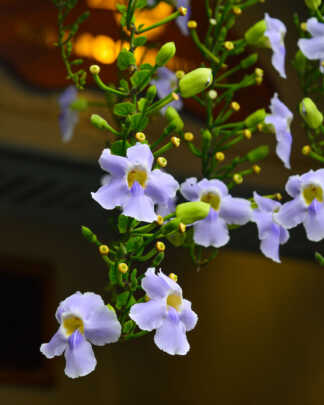


Reviews
There are no reviews yet.